Introduction
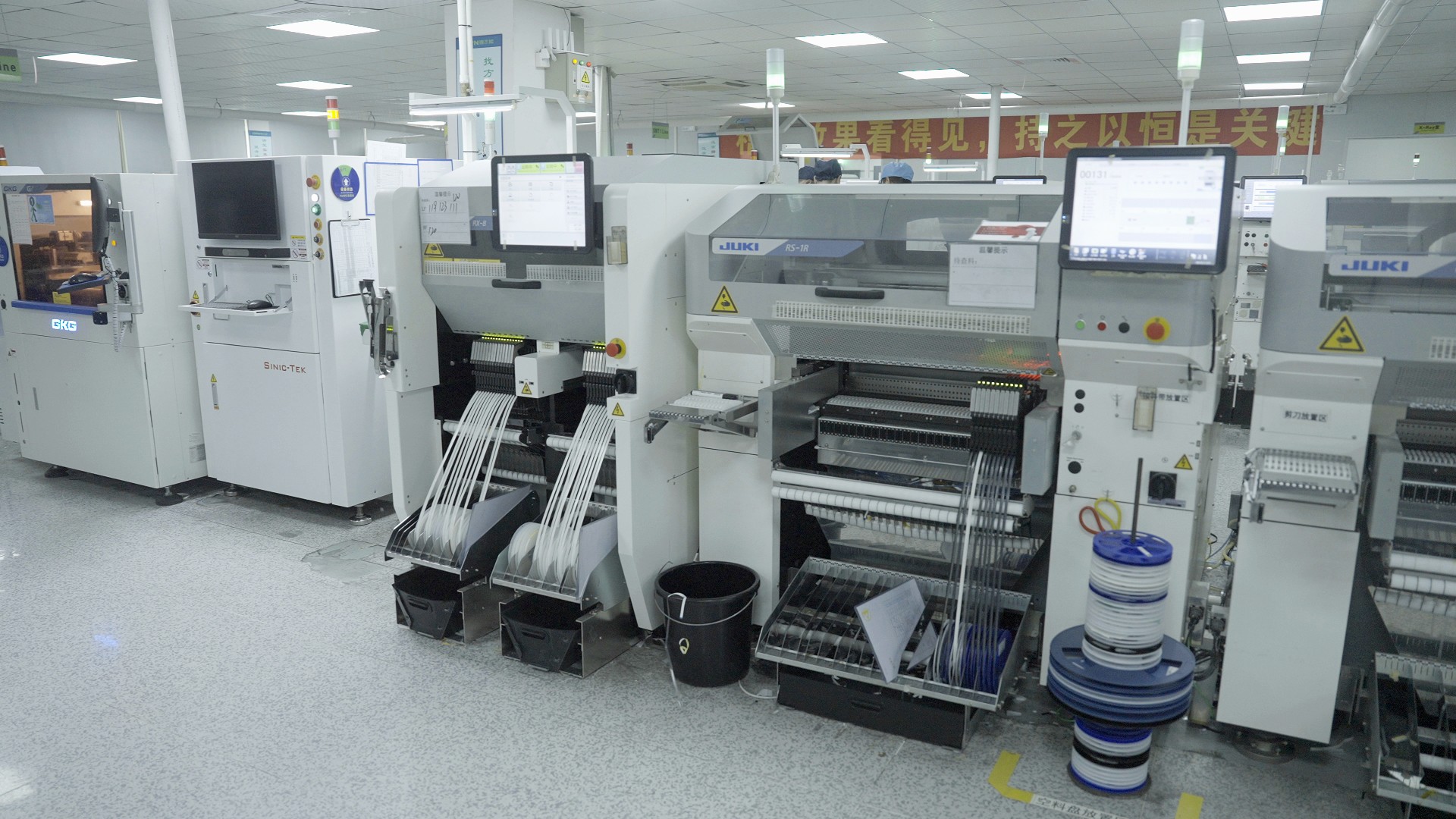
In the dynamic world of electronics, the significance of efficient production methods cannot be overstated, particularly in the realm of printed circuit board assembly (PCBA). At the heart of this process lies the PCB assembly conveyor, a pivotal component that streamlines operations and enhances productivity. As manufacturers strive to meet increasing demands for high-quality circuit card assemblies, understanding how conveyors integrate into PCB production and assembly becomes essential.
The Role of Conveyors in PCB Manufacturing
Conveyors play a crucial role in PCB manufacturing by facilitating smooth material flow throughout the assembly line. These systems not only transport printed circuit boards but also ensure that components are delivered precisely where they are needed at each stage of production. By minimizing manual handling and reducing downtime, pcb assembly conveyors significantly contribute to optimizing workflow efficiency.
Importance of Handling Systems in Production
Handling systems are vital for maintaining order and efficiency in any production environment, especially during printed circuit assy processes. They encompass various components designed to manage materials seamlessly while minimizing human error and maximizing output quality. In an age where speed and precision are paramount, investing in advanced handling solutions can dramatically enhance overall pcb board assembly performance.
Overview of Automation in PCB Assembly
Automation has revolutionized PCB manufacturing by introducing sophisticated technologies that streamline processes from start to finish. With automated systems like pcb assembly conveyors taking center stage, manufacturers can achieve higher throughput without sacrificing quality or accuracy. As we delve deeper into this topic, it’s clear that embracing automation is not just an option; it’s a necessity for those aiming to excel in printed circuit board assembly.
Understanding PCB Assembly Conveyors
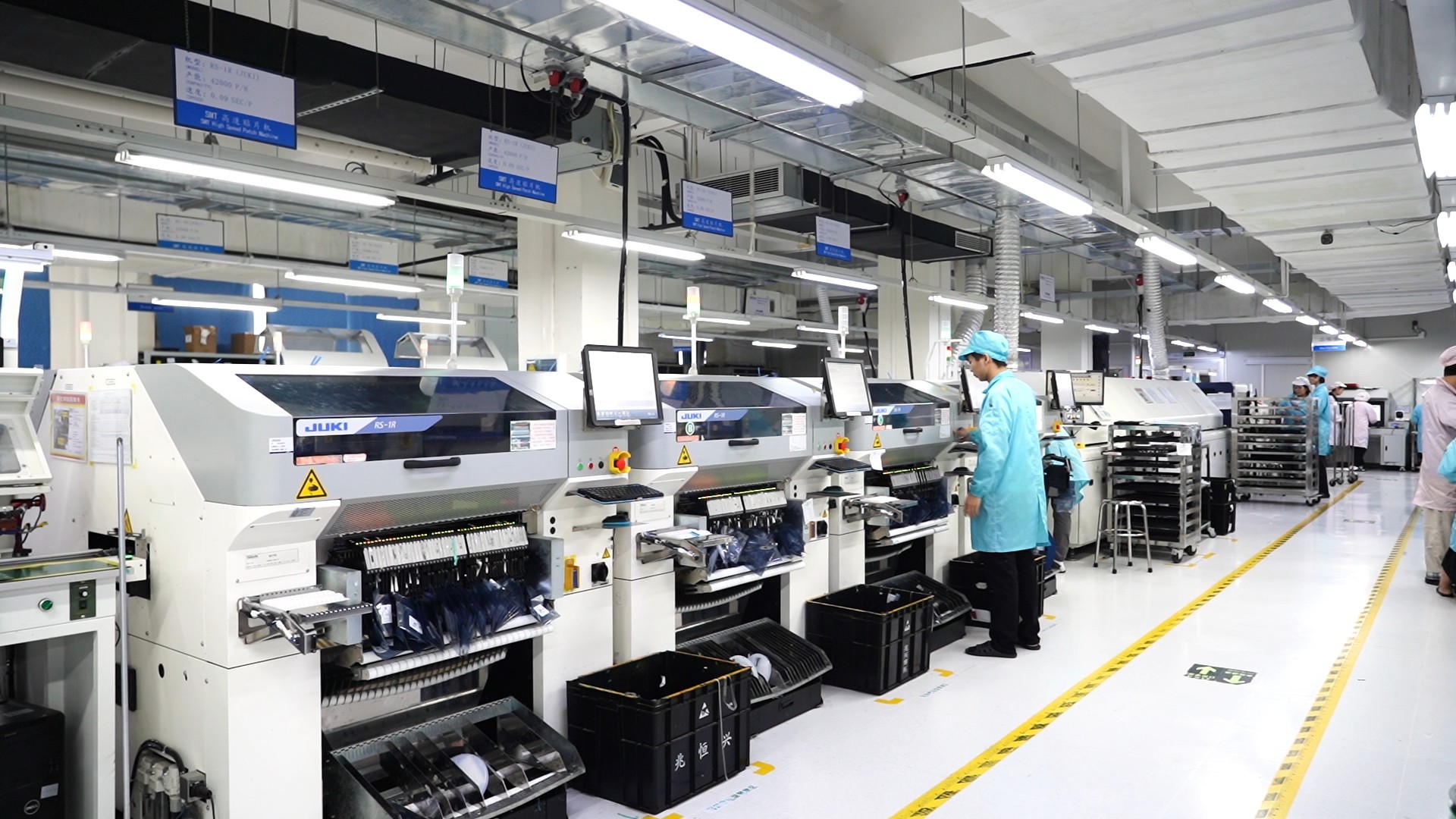
In the world of printed circuit board assembly, conveyors play a pivotal role in ensuring that production processes run smoothly and efficiently. These systems are tailored to transport PCB assembly boards through various stages of manufacturing, from component placement to soldering and inspection. Understanding the types, features, and leading brands of PCB assembly conveyors is essential for optimizing your circuit card assembly workflow.
Types of PCB Assembly Conveyors
PCB assembly conveyors come in several varieties, each designed to meet specific needs within the printed circuit production and assembly process. The most common types include belt conveyors, which provide a continuous surface for transporting boards; modular conveyors that can be customized for various layouts; and vacuum conveyors that securely hold PCBs in place during transit. Each type has its advantages—belt conveyors are great for straightforward applications while modular designs offer flexibility for complex setups.
Moreover, there are also specialized conveyor systems like inline and offline models. Inline systems integrate directly into the production line, maintaining a seamless flow from one operation to another, whereas offline systems allow for more manual handling and inspection processes before moving to the next stage. Choosing the right type of PCB assembly conveyor is crucial as it directly impacts efficiency in printed circuit assy operations.
Key Features of Effective Conveyors
When evaluating effective PCB assembly conveyors, several key features should be considered to ensure optimal performance in your circuit card assembly process. First and foremost is speed control; an adjustable speed feature allows manufacturers to tailor conveyor speeds according to specific production needs without slowing down overall operations. Additionally, features like width adjustments enable compatibility with various sizes of PCB board assemblies.
Another vital feature is reliability—durability under continuous use ensures that downtime is minimized during peak production periods. Conveyor systems equipped with sensors can detect jams or malfunctions early on, allowing quick interventions before significant delays occur in the printed circuit board assembly line. These attributes collectively enhance workflow efficiency while reducing potential bottlenecks during pcb production and assembly.
Leading Brands in Conveyor Technology
The market offers several leading brands renowned for their innovative approaches to PCB assembly conveyor technology. Companies like Panasonic have established themselves with high-quality solutions designed specifically for electronic manufacturing environments where precision is paramount. Their products often incorporate advanced automation capabilities that align well with modern demands for efficiency in printed circuit board manufacturing.
Another notable player is Siemens which provides a range of customizable conveyor options suitable for diverse applications within the industry—ranging from simple transport tasks to complex automated handling solutions tailored specifically for circuit card assemblies. Additionally, Bensun Technology has emerged as a strong contender by offering cutting-edge conveyor solutions designed explicitly for efficient pcb board assembly processes across various sectors.
Handling Systems for Efficient Production
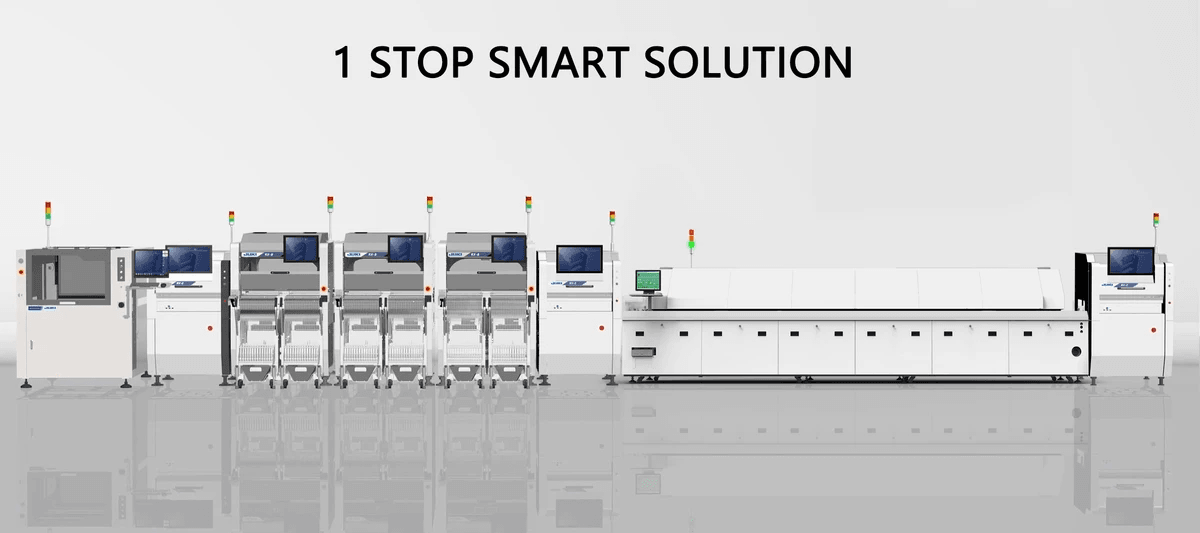
In the world of PCB production and assembly, handling systems are critical for ensuring that every component moves seamlessly through the manufacturing process. These systems not only facilitate the movement of printed circuit boards but also enhance overall efficiency by minimizing downtime and reducing manual labor. A well-designed handling system can significantly impact the quality and speed of printed circuit assembly, making it a vital consideration for any manufacturer.
Components of Handling Systems
Handling systems in PCB assembly typically consist of several key components that work together to streamline operations. First and foremost are the conveyors, which transport pcb assembly boards from one stage to another, ensuring a smooth flow throughout the production line. Additional components include automated guided vehicles (AGVs), pick-and-place machines, and storage solutions that help manage inventory effectively while keeping production lines organized.
These components must be carefully selected to ensure compatibility with existing machinery and processes in circuit card assembly. For example, integrating a high-speed pcb assembly conveyor can dramatically improve throughput, while advanced AGVs can optimize material handling by reducing human intervention. The combination of these elements creates a cohesive system designed to elevate efficiency in printed circuit board assembly.
Benefits of Automated Handling Solutions
Automated handling solutions offer numerous benefits that make them indispensable in modern PCB board assembly environments. One primary advantage is increased productivity; automation allows for faster cycle times compared to manual handling methods, which often lead to delays and errors in production. Additionally, automated systems reduce labor costs by minimizing the need for human operators to perform repetitive tasks associated with printed circuit assy.
Another significant benefit is enhanced accuracy; automated handling reduces the likelihood of mistakes during component placement or transport within the pcb production and assembly process. This precision is crucial when dealing with intricate designs found on modern pcbs where even minor errors can lead to costly defects or rework. Furthermore, these solutions contribute to better workplace safety by reducing physical strain on workers who would otherwise be manually lifting heavy components or navigating complex workflows.
Innovations in Handling Technology
The landscape of handling technology is continuously evolving with innovative solutions designed to further enhance efficiency in PCB manufacturing processes. Recent advancements include smart conveyors equipped with sensors that monitor product flow and detect potential bottlenecks before they become an issue—ensuring uninterrupted operation within printed circuit board assembly lines. Additionally, artificial intelligence (AI) integration into handling systems allows for predictive maintenance schedules that minimize downtime caused by equipment failure.
Moreover, modular designs have emerged as a game-changer in how manufacturers approach their setup; these adaptable systems enable quick reconfiguration based on changing production needs without requiring extensive downtime or costly modifications. As sustainability becomes more critical across industries, eco-friendly materials and energy-efficient technologies are being integrated into new handling solutions as well—aligning operational efficiency with environmental responsibility in the world of circuit card assembly.
The Connection Between Conveyors and Efficiency
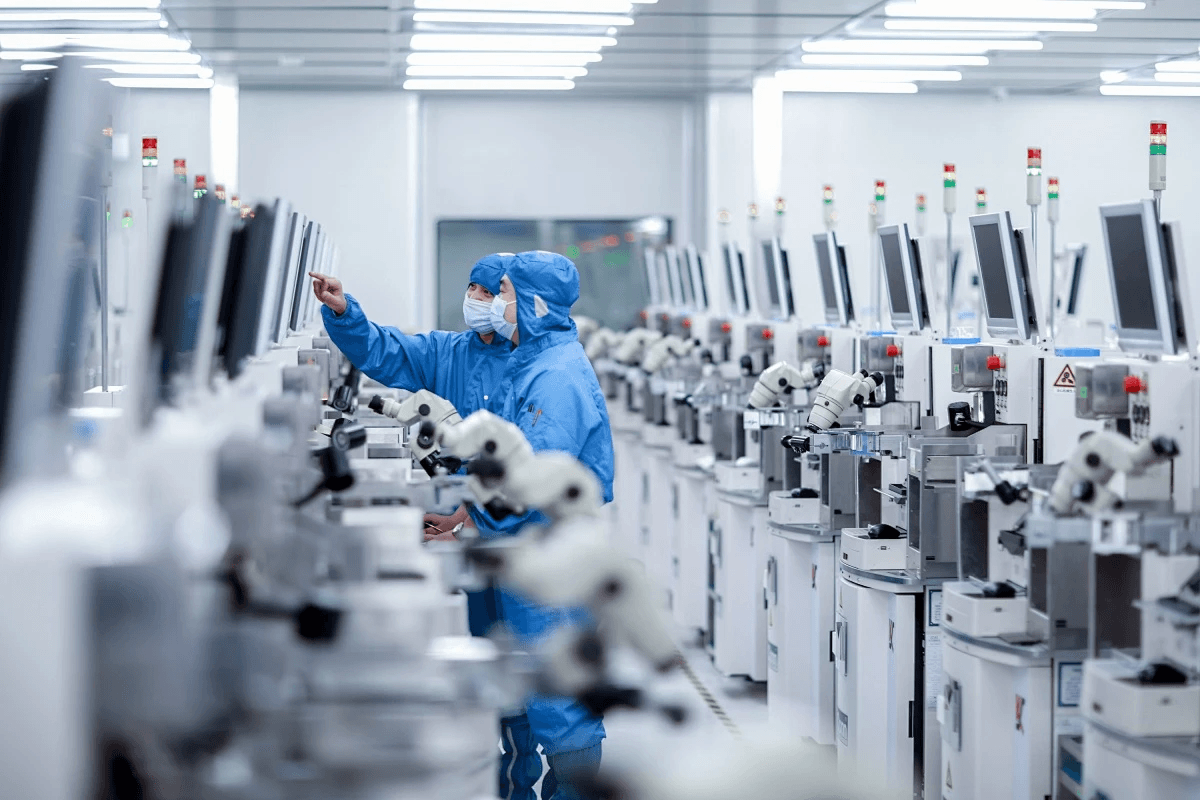
In the fast-paced world of printed circuit board assembly, efficiency is key to staying competitive. PCB assembly conveyors play a crucial role in streamlining operations, ensuring that components move seamlessly through various stages of production. By enhancing workflow, these conveyors not only improve productivity but also contribute to higher quality standards in circuit card assembly.
Enhancing Workflow with PCB Assembly Conveyors
The integration of a well-designed pcb assembly conveyor can significantly enhance the overall workflow in a manufacturing environment. These conveyors facilitate smooth transitions between different processes, minimizing bottlenecks that can hinder production speed. Moreover, with their ability to transport multiple types of printed circuit assy simultaneously, they allow for better utilization of space and resources within the facility.
Automated PCB production and assembly lines benefit greatly from conveyors equipped with advanced features such as adjustable speeds and smart sensors. These capabilities enable manufacturers to tailor their operations according to specific needs while maintaining optimal efficiency levels. As a result, companies experience less downtime and improved output rates when utilizing effective handling systems like pcb assembly conveyors.
Case Studies on Conveyor Efficiency
Real-world examples highlight the impact that efficient pcb assembly conveyors can have on production outcomes. For instance, a leading electronics manufacturer implemented an automated conveyor system in their printed circuit board assembly line, resulting in a 30% reduction in lead time for their products. This change not only accelerated their throughput but also allowed them to meet customer demands more effectively.
Another case involved a mid-sized company specializing in circuit card assembly that faced challenges with manual handling processes. After investing in modern pcb board assembly conveyors, they reported significant improvements in accuracy and consistency during production runs. The streamlined process reduced errors related to component placement and minimized the need for rework—further enhancing overall efficiency.
How Conveyors Reduce Production Time
The design and functionality of pcb assembly conveyors are pivotal in reducing production time across various stages of manufacturing. By automating material transport between workstations, these systems eliminate unnecessary manual labor while speeding up the entire operation process. Consequently, manufacturers can achieve quicker turnaround times without compromising quality or safety standards.
Additionally, efficient handling systems enable real-time monitoring and adjustments during the printed circuit board assembly process—allowing teams to identify potential delays before they escalate into significant issues. This proactive approach not only helps maintain consistent output levels but also fosters an adaptable manufacturing environment capable of responding swiftly to changing demands within the industry.
In summary, implementing high-quality pcb assembly conveyors is essential for any organization looking to enhance its operational efficiency within the realm of printed circuit production and assembly.
Bensun Technology and Conveyor Solutions

Bensun Technology stands at the forefront of innovation in the realm of PCB manufacturing, providing advanced conveyor solutions tailored for printed circuit assembly. Their offerings encompass a wide range of efficient PCB assembly conveyors designed to optimize workflow and enhance productivity in circuit card assembly processes. By prioritizing quality and performance, Bensun has established itself as a trusted partner for companies looking to elevate their PCB production and assembly capabilities.
Overview of Bensun's Offerings
Bensun offers a diverse portfolio of conveyor systems specifically engineered for the unique challenges of printed circuit board assembly. Their products range from modular conveyors that can be customized to fit various layouts, to high-speed options that significantly reduce cycle times during the pcb board assembly process. This versatility allows manufacturers to select solutions that best meet their operational needs while ensuring seamless integration into existing workflows.
In addition to standard conveyors, Bensun also provides specialized handling systems that incorporate automation features designed to streamline the entire printed circuit assy process. These systems not only improve efficiency but also minimize human error, leading to higher quality outputs in every stage of production. With an emphasis on durability and reliability, Bensun’s offerings are built to withstand the demands of high-volume pcb production and assembly environments.
Integrating Bensun Conveyors in PCB Manufacturing
Integrating Bensun conveyors into your PCB manufacturing setup can transform your operations by enhancing speed and efficiency throughout the entire printed circuit board assembly line. Their conveyors are designed with user-friendly interfaces, making it easy for operators to control and monitor processes without extensive training or technical know-how. This ease of use is crucial when adapting new technology into existing workflows, allowing teams to focus on what they do best: producing high-quality circuit card assemblies.
Moreover, these conveyor systems can be tailored with features such as adjustable speeds and modular designs that accommodate various sizes of pcb assembly boards. Such flexibility ensures that manufacturers can adapt quickly to changing demands or product specifications without significant downtime or costly modifications. By investing in Bensun’s innovative conveyor solutions, companies position themselves for growth in an increasingly competitive market.
Success Stories with Bensun Technology
Numerous success stories illustrate how companies have thrived after integrating Bensun technology into their pcb production and assembly lines. One notable example involves a leading electronics manufacturer that experienced a 30% increase in throughput after implementing Bensun’s automated pcb assembly conveyors alongside their traditional handling methods. This leap in efficiency not only reduced lead times but also enhanced product quality through improved consistency during the printed circuit assy process.
Another case study highlights a small startup specializing in niche electronic components which utilized Bensun's modular conveyor systems to scale its operations rapidly without sacrificing quality or reliability during production runs. By leveraging these advanced technologies, they were able to expand their customer base while maintaining stringent standards expected within the industry for circuit card assemblies. These success stories underscore how adopting cutting-edge conveyor solutions from Bensun can lead businesses toward greater operational excellence.
Trends in PCB Production and Assembly

The landscape of PCB production and assembly is rapidly evolving, driven by technological advancements and market demands. A significant trend is the increasing reliance on automation to enhance efficiency in printed circuit assembly processes. As manufacturers seek to optimize their operations, the integration of smart technologies into PCB assembly conveyors has become essential for maintaining a competitive edge.
Automation Trends in PCB Manufacturing
Automation is revolutionizing the way printed circuit board assembly is conducted, streamlining workflows and reducing human error. Modern pcb assembly conveyors are equipped with advanced sensors and software that enable real-time monitoring and control of production processes. This level of automation not only increases throughput but also enhances precision in circuit card assembly, ensuring high-quality outputs that meet stringent industry standards.
Moreover, automated handling systems are becoming more versatile, allowing for seamless integration into existing production lines. With features like adaptive routing and intelligent sorting, these systems can efficiently manage various types of pcb board assemblies without compromising speed or accuracy. As a result, manufacturers are witnessing significant improvements in overall operational efficiency while minimizing waste.
Sustainability Practices in Handling Systems
Sustainability has emerged as a core principle in the development of handling systems for PCB production and assembly. Manufacturers are increasingly adopting practices aimed at reducing their environmental footprint while ensuring efficient operation of pcb assembly conveyors. This includes utilizing energy-efficient components, recyclable materials for conveyor belts, and implementing waste reduction strategies throughout the manufacturing process.
In addition to eco-friendly materials, companies are exploring innovative ways to minimize energy consumption during circuit card assembly operations. Smart technologies that monitor energy use can help identify inefficiencies and optimize resource allocation across production lines. By prioritizing sustainability within their handling systems, manufacturers not only contribute positively to the environment but also appeal to a growing base of eco-conscious consumers.
Future Technologies for Circuit Card Assembly
The future of circuit card assembly is bright with emerging technologies poised to transform traditional methods into highly efficient processes. One promising area is the development of artificial intelligence (AI) applications that enhance decision-making capabilities within pcb production and assembly environments. AI-driven analytics can predict maintenance needs for pcb assembly conveyors or suggest optimal configurations based on real-time data analysis.
Another exciting advancement lies in additive manufacturing techniques being integrated into printed circuit assy processes, allowing for rapid prototyping and reduced lead times for product development. These technologies facilitate more complex designs while maintaining cost-effectiveness—transforming how manufacturers approach design challenges in printed circuit board assembly projects. As these innovations continue to unfold, they promise to redefine standards within the industry.
Conclusion
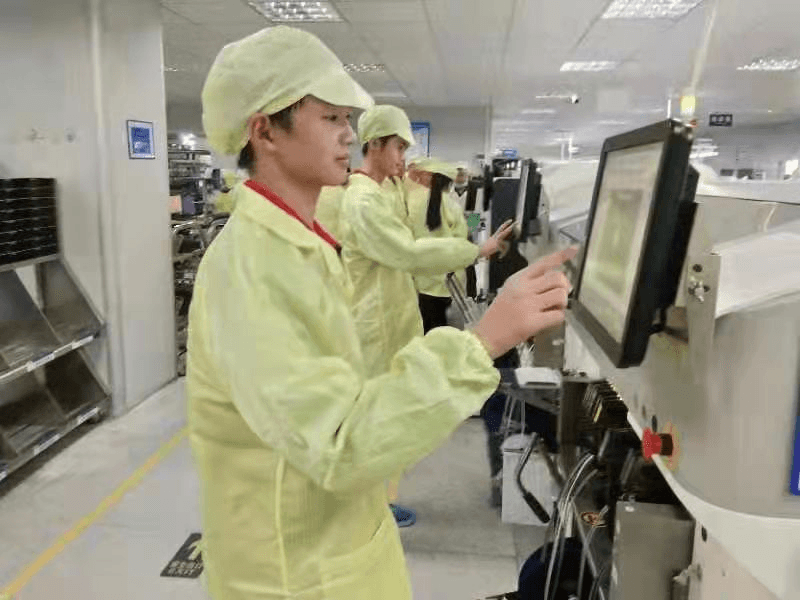
In the fast-paced world of electronics, maximizing efficiency in PCB board assembly is not just a goal—it's a necessity. The integration of advanced technologies such as PCB assembly conveyors plays a pivotal role in streamlining the printed circuit assembly process. By optimizing workflow and reducing bottlenecks, manufacturers can enhance productivity and ensure timely delivery of high-quality products.
Maximizing Efficiency in PCB Board Assembly
To truly maximize efficiency in printed circuit board assembly, companies must leverage state-of-the-art handling systems alongside reliable PCB assembly conveyors. These conveyors facilitate smooth transitions between different stages of production, minimizing downtime and enhancing overall throughput. Moreover, investing in automated solutions allows for real-time monitoring and adjustments, ensuring that every aspect of the circuit card assembly is running at peak performance.
The Future of Printed Circuit Board Assembly
Looking ahead, the future of printed circuit board assembly is bright with innovation on the horizon. As technology advances, we can expect to see even more sophisticated automated handling systems that will redefine how we approach PCB production and assembly. Sustainability practices are also gaining traction; manufacturers are increasingly focusing on eco-friendly materials and processes to meet both regulatory demands and consumer expectations for greener solutions.
Choosing the Right Equipment for PCB Production
Choosing the right equipment for PCB production is crucial for any manufacturer aiming to stay competitive in today’s market. When selecting a pcb assembly conveyor or other handling systems, it’s essential to consider factors such as reliability, scalability, and compatibility with existing processes. Ultimately, making informed decisions about equipment will lead to improved efficiency in printed circuit assy operations while ensuring high standards are maintained throughout the entire pcb board assembly process.
